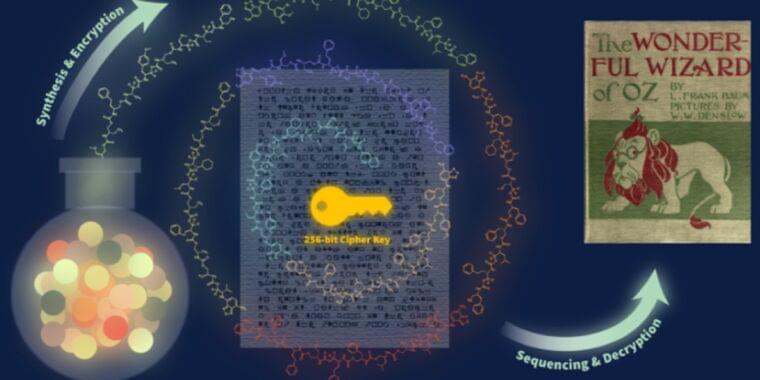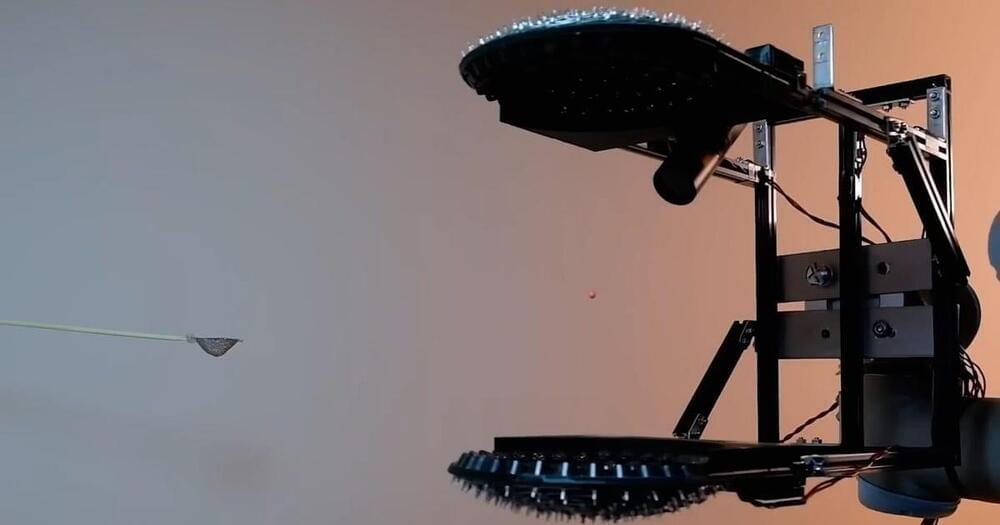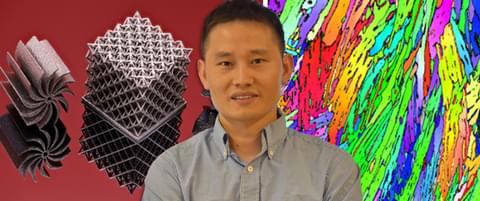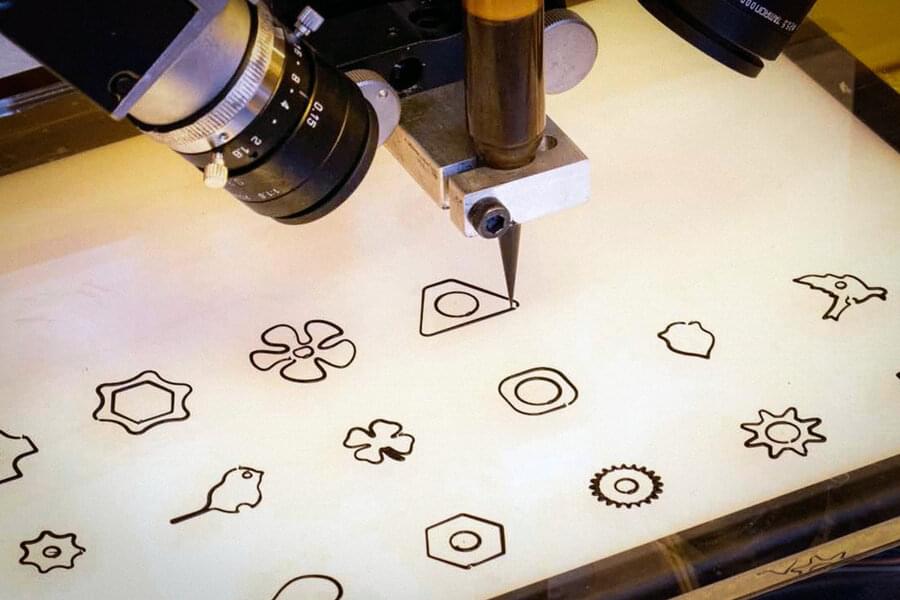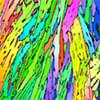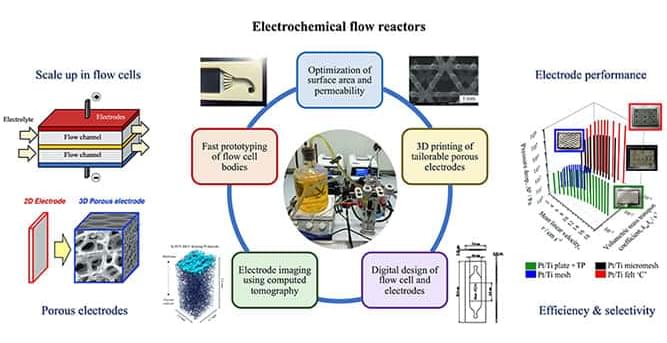Aug 10, 2022
Scientists hid encryption key for Wizard of Oz text in plastic molecules
Posted by Jose Ruben Rodriguez Fuentes in categories: 3D printing, biotech/medical, chemistry, computing, encryption
It’s “a revolutionary scientific advance in molecular data storage and cryptography.”
Scientists from the University of Texas at Austin sent a letter to colleagues in Massachusetts with a secret message: an encryption key to unlock a text file of L. Frank Baum’s classic novel The Wonderful Wizard of Oz. The twist: The encryption key was hidden in a special ink laced with polymers, They described their work in a recent paper published in the journal ACS Central Science.
When it comes to alternative means for data storage and retrieval, the goal is to store data in the smallest amount of space in a durable and readable format. Among polymers, DNA has long been the front runner in that regard. As we’ve reported previously, DNA has four chemical building blocks—adenine (A), thymine (T), guanine (G), and cytosine ©—which constitute a type of code. Information can be stored in DNA by converting the data from binary code to a base-4 code and assigning it one of the four letters. A single gram of DNA can represent nearly 1 billion terabytes (1 zettabyte) of data. And the stored data can be preserved for long periods—decades, or even centuries.
Continue reading “Scientists hid encryption key for Wizard of Oz text in plastic molecules” »
